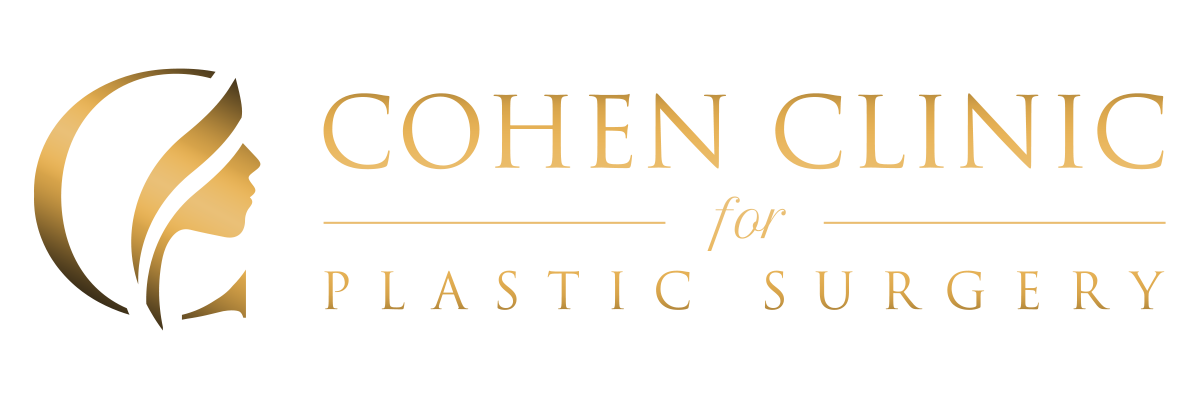Because plastic surgery is an ever-evolving industry, you’re left with more decisions to make than whether or not to just have a facelift. Now, you really need to understand your options.
Do you need a mini lift, or do you need more? Before you speak to a surgeon, read this. It will explain the difference between traditional and deep plane facelift. Knowledge is power!
Difference Between Traditional and Deep Plane Facelift: Are They Really That Different?
Yes, they really are! Of course, they are both surgical procedures designed to rejuvenate your appearance. However, there are differences.
A traditional facelift involves lifting and tightening the skin and underlying tissues in a superficial plane, addressing moderate sagging.
In contrast, a deep plane facelift targets deeper layers, repositioning and releasing the underlying muscle and fat to provide more significant and longer lasting results, especially for severe sagging and deeper structures of the face and neck.
Do I Need to Prepare for Surgery?
Preparing for a deep plane facelift is crucial for any type of surgery. Your surgeon will provide detailed pre-facelift instructions, so be sure to follow those completely. Their instructions may include:
- Discontinuing medications that thin your blood: If you are required to stop taking prescription medications, it is strongly recommended to seek clearance from the prescribing physician beforehand.
- Quitting tobacco: If you are a smoker or use any other type of tobacco products, you will be advised to quit prior to the surgery.
- Quitting drinking: Alcohol consumption should be avoided for a period of two days before the deep plane facelift. Additionally, you will be instructed to refrain from eating or drinking anything for a specific duration before the procedure.
- Getting post-op plans in place: If you anticipate needing assistance during your recovery, it is recommended to make necessary arrangements before the surgery. Ask someone to be there during your procedure and to give you a ride home. Have a comfortable setup in place, so you can relax and rest when you get home. Fill any prescriptions provided by your surgeon beforehand.
What Happens During the Procedure?
This surgery is performed under general anesthesia and is typically an outpatient procedure. It can last between two to three hours.
The incision is made either inside of or in front of the ear, and the facial muscles in the superficial musculoaponeurotic system (SMAS) are tightened.
The lifting process involves raising the skin, tissue, and SMAS as a single unit. Excess skin is removed, and then the incision is closed with small stitches. A small drain may be inserted to prevent fluid accumulation.
Following the procedure, your face will be bandaged, and you’ll be in a recovery area to wait for the anesthetic and any other medications you were given to wear off.
What Is Deep Plane Facelift Recovery Like?
It is a gradual process that varies for each patient. Remember, this is an invasive procedure, so be patient as you heal. It is normal to experience side effects such as bruising, swelling, and soreness for up to three weeks.
Your surgeon may advise taking a minimum of one to two weeks off from work to prioritize rest, as it is necessary for proper healing. Engaging in strenuous activities should be avoided for approximately six weeks following the deep plane facelift surgery.
To achieve optimal results, it is vital to adhere to all post-deep plane facelift instructions.
When Will I See Results? How Long Do the Effects of a Deep Plane Facelift Last?
The most noticeable transformation in your appearance will occur approximately six months following your surgery. Compared to a traditional facelift, the results of a deep plane facelift tend to be longer lasting.
Although aging naturally continues, you can anticipate enjoying the benefits of a deep plane facelift for up to 10 to 15 years.
How Can I Find Out if a Deep Plane Facelift Is Right for Me?
The best candidates are patients who are over 40 years old with moderate to severe sagging, though other people qualify.
In general, you should be in good health, a non-smoker, and have realistic expectations about the outcome.
The easiest way to find out if this surgery or another procedure will best suit your needs is to schedule a consultation with a board-certified plastic surgeon.
You need a medical evaluation as well as a skin analysis to determine eligibility. Take advantage of your consultation to learn more about the difference between traditional and deep plane facelift.
How Do I Prep for the Consultation?
Preparing ahead of time will ensure you get the most from your appointment. Gather important information about your medical history including medications you take, previous surgeries you’ve had, and any medications or supplements you are currently taking. Consider your specific concerns and goals.
Write down facelift questions to ask the surgeon relating to potential risks, the pep and recovery processes, and expected outcomes. It’s also a good idea to take photos of your face from different angles to help the surgeon understand your desired results.
Finally, be open and honest during the consultation, discussing your expectations and concerns.
For the Area’s Top Deep Plane Facelift Specialist, Choose The Cohen Clinic for Plastic Surgery!
When it comes to achieving exceptional, natural looking results, Dr. Justin Cohen is the expert you can trust. As a board-certified surgeon by the American Board of Facial Plastic and Reconstructive Surgery, he possesses the skill and experience required to perform deep plane facelifts, a specialized procedure performed by only select plastic surgeons in the United States.
Don’t hesitate any longer to experience the finest facial rejuvenation. Schedule your consultation by calling us today at 703-349-7803. You deserve the best!

